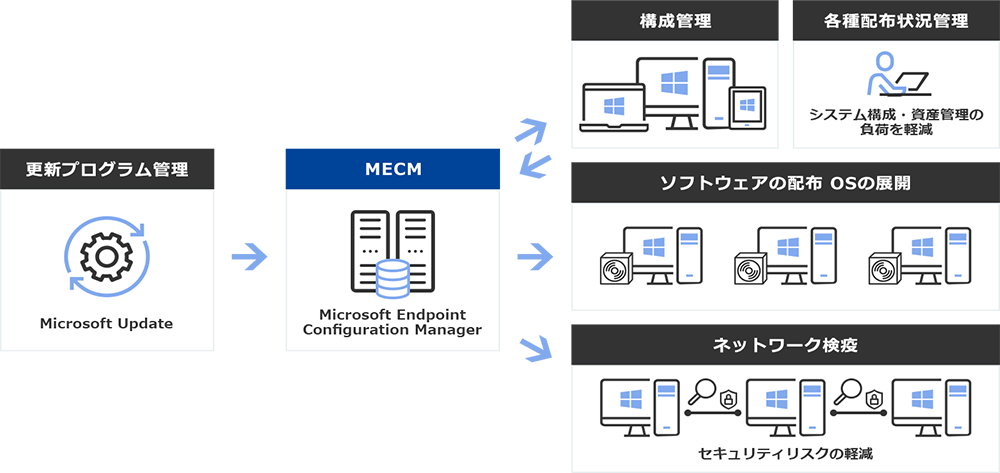


MECM includes a wizard which walks you through creating the package. Then use Office Deployment Tool to download the payload from Microsoft using the following command line:ĭeploy the application using the following command line: Note: The “Management of Microsoft 365 Apps for enterprise” GPO setting will win over this XML setting.įORCESHUTDOWN: This is a controversial setting but if you set this to FALSE and the end-user never closes their 365 apps, the install or update will never occur.Ĭreate the configuration XML using the Office Customization Tool and save the configuration XML file to the same directory that you saved the Office Deployment Tool setup.exe. Refer to 365 Update Management section later in this article for guidance. Microsoft recommends letting 365 auto-update as a best practice. If MECM will not be managing updates set to “FALSE”. OfficeMgmtCOM: This will take some pre-planning. Make sure that when you deploy Visio or Project the XML configuration matches the existing update channel. The current choices are: Current Channel, Monthly Enterprise Channel, Semi-Annual Enterprise Channel. Understanding the XML components will help you ensure you do not deploy something that is not properly configured.ĮxcludeApp: If nothing is excluded all apps will be installed.Ĭhannel: Set this to whatever your enterprise prefers. There are two components to this: the EXE and the XML which need to be in the same folder. The best place to start in understanding M365 packaging and deployment is the Office Deployment Tool. Thankfully, Microsoft offers multiple ways to deploy and tame this process. It is pretty much a given that any endpoint manager will have to deploy and manage it. Microsoft 365 (formerly Office 365) desktop applications are ubiquitous in the modern workplace.


 0 kommentar(er)
0 kommentar(er)
